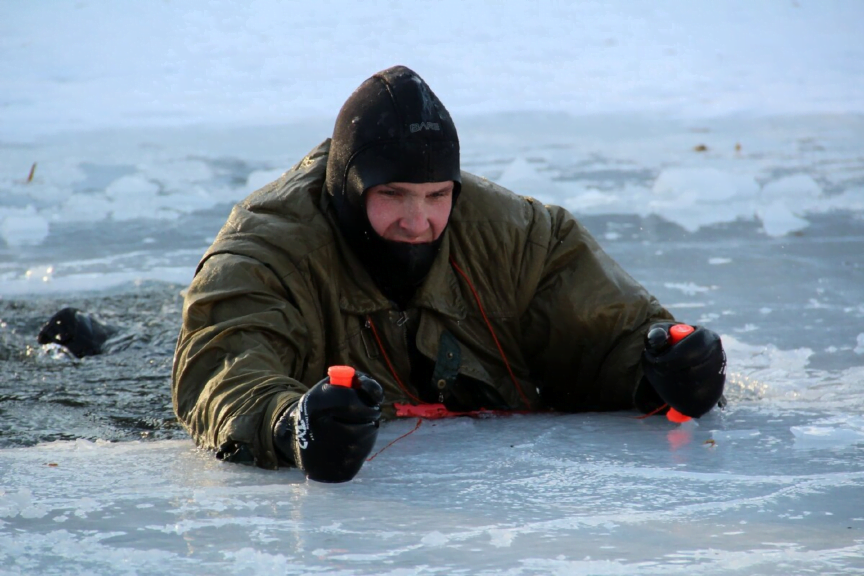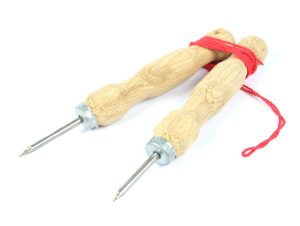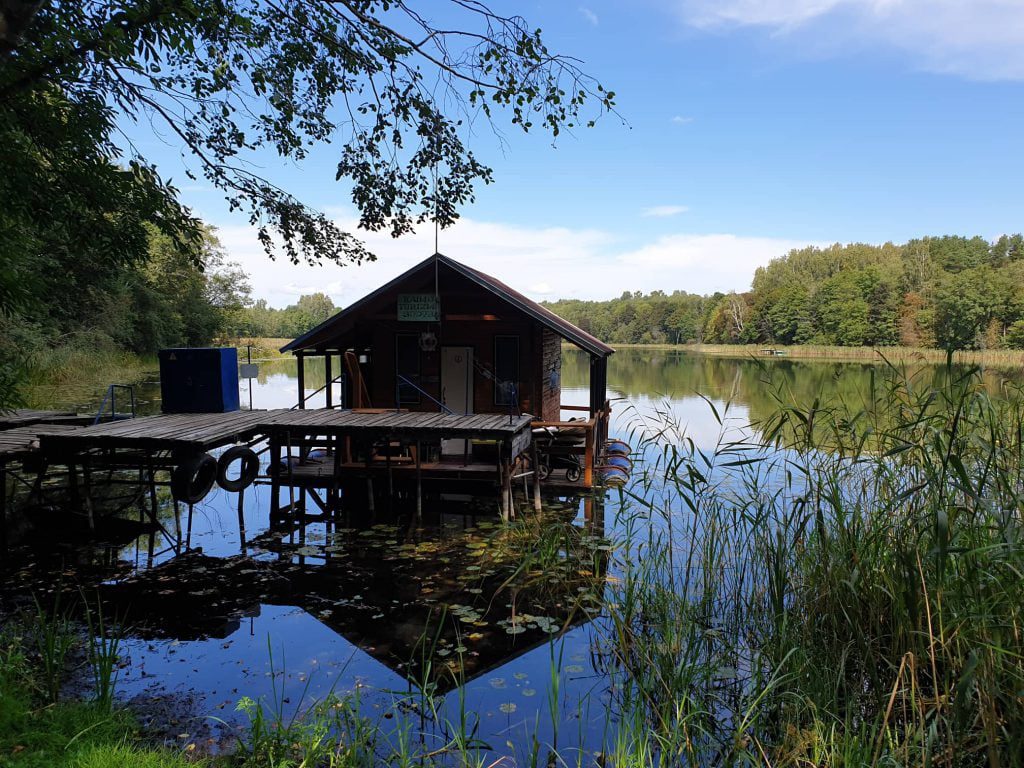Atviro vandens sezonas dar nėra visiškai uždarytas, o žvejai jau laukia pirmo ledo. Žvejyba ant pirmo ledo – visai kitoks malonumas ir azartas. Tačiau nereikia pamiršti ir saugumą ant ledo, nes neatsargumas gali kainuoti gyvybę. Šiame straipsnyje pasistengsiu papasakoti apie saugumo taisykles ant pirmo ledo.
DĖMESIO!
Neatsargus elgesys ant ledo gali kainuoti Jums gyvybę!
Ledo tikrinimas
Niekada nepasitikėkite kažkieno žodžiais, kad ledas jau storas ir galima žvejoti. Būtinai viską patikrinkite patys. Šiuo tikslu naudokite peikeną. Ledas, kuris atlaikė peikenos smūgį, atlaikys ir jus. Tikrinti ledą su peikana reikia kiekviename žingsnyje, nes ledas gali užšalti netolygiai, o jei peikana prakirto ledą, tuomet toliau eiti nėra nesaugu. Ledo storį savarankiškai galite išmatuoti taip: šalia kranto pramuškite arba išgrežkite skylę ir pamatuokite jo storį. Taip galėsite įvertinti ar ledas pakankamai storas, kad lipti ant jo.
DĖMESIO!
Ledas laikomas tvirtu, jei jo storis yra daugiau kaip 7 cm.
Saugos priemonės ant ledo
- Pirmuoju ledu reikia judėti lėtai, mažais žingsneliais.
- Pamatę plyšius lede ar išgirdę traškėjimą, atsigulkite ir šliaužkite į saugesnę vietą.
- Pagrindinė taisyklė – žvejoti geriau su kompanija, o ne vienam. Taip pat neturėtumėte tolti vienas nuo kito dideliais atstumais, kad galėtumėte padėti draugui.
- Kuprinė nešiokite ant vieno dirželio, todėl esant poreikiui ją greitai išmesite.
- Nevaikščiokite tankioje grupėje, atstumas tarp žmonių turėtų būti apie du metrus.
- Nesiimkite su savimi daug sunkių daiktų, nevažiuokite automobiliu ant pirmo ledo.
- Nedarykite daugybė skylių arti viena kitos, tai padidina ledo įlūžimo riziką.
- Žvejodami nevartokite alkoholio, nes net ir nedidelis koordinacijos trūkumas gali padaryti meškos paslaugą kritinėse situacijose. Žiemos žvejybai geriau pasidaryti arbatą arba kavą į termosą.
Ką daryti jeigu pralūžote
Svarbiausia nepanikuoti ir nešvaistyti energijos bei šilumos. Atsigulkite ant vandens horizontaliai, ištieskite rankas į šonus ir nušliaužkite ant storo ledo. Išlipę iš vandens eikite tik ta kryptimi, iš kurios atėjote – čia garantuotas saugus kelias. Nepaprastai svarbu prieš žvejybą paruošti ne tik įrankius, bet ir tai, kas pagelbėtų kritiniu atveju.
DĖMESIO!
Yra nustatyta prievolė žvejojant ant ledo turėti smaigus, kuriais pasinaudojus būtų galima išlipti įlūžus. Juos privalo turėti visi žvejai nepriklausomai nuo ledo storio ar kitų aplinkybių
Panirę į ledinį vandenį turite ne daugiau kaip 15 minučių išgelbėti žmogų. Išbuvimas kritiškai žemos temperatūros vandenyje ilgiau nei 15 minučių sukelią mirtį. Būkite atsakingi bei saugus!





